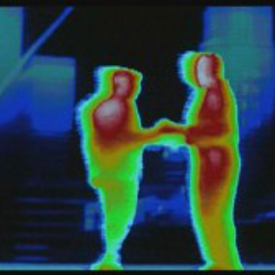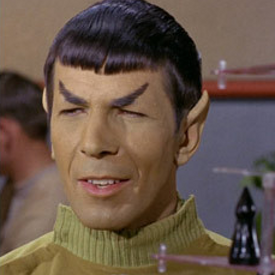Being the mother of a son who has a PHD in Planetary science (see prior post) you can only guess that I was one of the first people to find out that we have landed a space apparatus on a comet. That’s pretty big news!

Scientists are anxiously waiting to analyze the data Philae Lander gathers from Churyumov-Gerasimenko. They hope to learn more about how our world was made and to prove scientific speculations about solar systems. Scientists and their benefactors have put a lot of time, effort and money into this project.
In the meantime, Science Fiction writers are picking up their laptops and word processors (does anyone use one of those anymore) to do some of their own speculation.
Through the years, on screen and off, writers and filmmakers insisted on giving comets and meteors a bad rap. What could be more villainous than a huge space rock on a collision course with Earth? Comets in literature have been the cause of the long awaited Armageddon. An image like the one we’re looking at to your left would suggest doom, or deception perhaps carrying space vampires much like a Trojan horse entering Rome. When you think of it, how many productions have already cast a comet as their major antagonist? I’m sure there are books, screenplays, and comics that herald impending destruction by a meteor.
Wasn’t that Superman that came to our planet’s rescue by charging into a comet and hurling it back into space?
I wonder if disaster movie fans aren’t secretly cheering the Philae scientists for finally planting their robot feet on a comet in hopes that when the day comes, mankind will be able to ride the rock, plant a bomb, and blow the invading enemy to smithereens.
So now that new data is being processed, and we discover new facts about comets, does that mean that those future SF stories will tip the axis in comet literature? Surely more edgy novels and screenplays are in the making. Stories that put space rocks on the other side of the equation, casting them as the protagonists instead of the villains.
Note: SF and science should agree on what role space giants like this ancient comet have concerning mankind.Are they heroic? Are they villains?
Scientists already discovered that Churyumov-Gerasimenko, has ice and water. Perhaps in a future SF story we’ll learn how tapping into a comet saves a third world continent from a thirty-year drought in the year 2090. Or perhaps mankind can hitch a ride to another galaxy. Who knows? With a little more data, I think the Philae can open the pages to a whole new literary challenge. What do you think?










